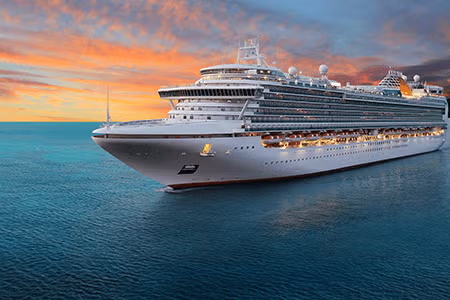An Important Economic Driver
According to recent industry trends per Coatings World and other sources, the ship building industry has improved in recent years, so that sentence should be updated to state: With the building of new ships increasing in recent years, the market for marine coatings solutions has benefited from an increase in demand. The ship building, maintenance and coatings industries employ thousands of workers around the globe and enable the transportation of essential products and services. Marine coatings play a key role in protecting ships, whether it is imparting anti-fouling properties, maintaining the ship from corrosion, improving energy efficiency by keeping the hulls clean or so much more.1 It is estimated that in total, approximately 27 million lbs. of polyurethane coatings for marine use were produced in North America in 2023.2
Not only do aliphatic diisocyanates play an important role economically, they remain essential to ongoing development of specialized marine paints and coatings. So the next time you set sail, remember that ADI chemistry not only helps protect ships from the elements, it contributes to the aesthetic appeal of many magnificent cruise ships. Bon voyage.
